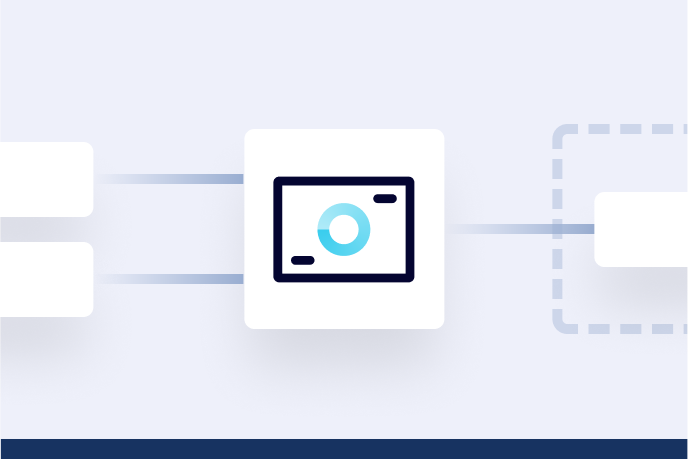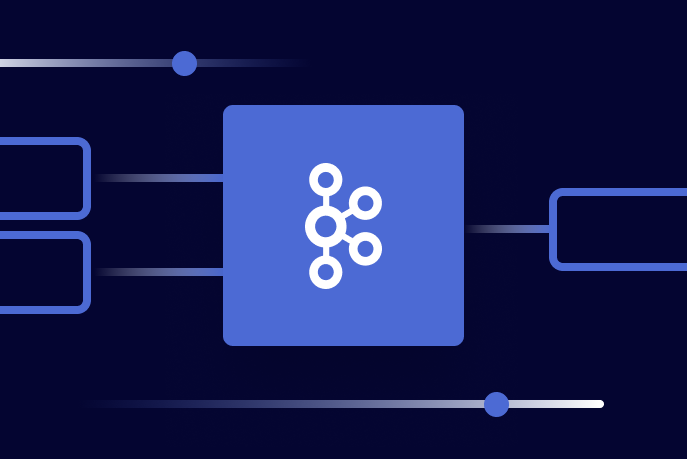[Webinar] AI-Powered Innovation with Confluent & Microsoft Azure | Register Now
Confluent Blog
Data Products, Data Contracts, and Change Data Capture
Change data capture is a popular method to connect database tables to data streams, but it comes with drawbacks. The next evolution of the CDC pattern, first-class data products, provide resilient pipelines that support both real-time and batch processing while isolating upstream systems...
Unlock Cost Savings with Freight Clusters–Now in General Availability
Confluent Cloud Freight clusters are now Generally Available on AWS. In this blog, learn how Freight clusters can save you up to 90% at GBps+ scale.
Contributing to Apache Kafka®: How to Write a KIP
Learn how to contribute to open source Apache Kafka by writing Kafka Improvement Proposals (KIPs) that solve problems and add features! Read on for real examples.
Apache Kafka® Message Compression
Learn about the role of batch.size and linger.ms in Kafka message compression.
Introducing Confluent’s Financial Services Resource Center Your one-stop shop for all things data streaming in finance and banking
From traditional brick-and-mortar institutions to digitally native financial services companies, data streaming is fueling the next wave of emerging tech in finance and banking...
IoT Data Integration for Real-Time Processing with Confluent Cloud and MQTT
From locomotive analytics companies tracking predictive maintenance data, to digital-native companies tracking semi-trailer trucks’ movement across America’s highways, or municipalities using 100’s of buses to move people around their city, Confluent has seen it all...
Dataflow Programming with Apache Flink and Apache Kafka
Learn how to build a Java pipeline that consumes clickstream data from Apache Kafka®. Consuming clickstreams is something that many businesses have a use for and it can also be generalized to consuming other types of streaming data.
Building a Real-Time Service Marketplace with Confluent Cloud
As the world’s population continues to increase, so does the need for new infrastructure, buildings and housing, automatically increasing the demand for tradespeople. Whether it's an electrician, a plumber, or an HVAC technician...
Your Guide to Flink SQL: An In-Depth Exploration
Dive into Flink SQL, a powerful data processing engine that allows you to process and analyze large volumes of data in real time. We’ll cover how Flink SQL relates to the other Flink APIs and showcase some of its built-in functions and operations with syntax examples.
Announcing Confluent’s Data Streaming Startup Challenge
Just under a year ago, Confluent announced the Confluent for Startups program, which provides Confluent Cloud credits to early stage startups trying to get their streaming initiatives off the ground. Since then, we’ve worked with over 150 startups...
Supercharge Customer Onboarding with Event-Driven Microservices and Confluent Cloud
In today's rapidly evolving digital age, organizations across various sectors are leveraging technology to provide great customer experiences. One of the most important touchpoints in this journey is the 'Customer Onboarding' process...
Kmart on How to Turn Paper Receipts into Valuable Digital Data with Streaming
Consumers have become increasingly adept at navigating omnichannel brand presence. One minute they’re in the store purchasing a product, and the next they’re online submitting a review. Or they’re buying something via an app while driving to the store to pick it up curbside.
Meet Bans, Our September 2023 Confluent Champion
When Bans Sagoo was looking to transition into a role in the data streaming space, he accepted a “great career opportunity” at Confluent. Two years in, Bans currently dons the role of a manager in the Commercial Solutions Engineering Management team.
How to Run Apache Kafka on Windows
Looking to install Kafka on Windows? This step-by-step guide will show you how to set it up and run it thanks to the Windows Subsystem for Linux 2.
Revolutionizing FinTech: Kredivo’s Growth with Data Streaming
At the Singapore Data in Motion Tour stop, keynote speaker and Confluent cofounder Jun Rao helped break down the history of Kafka and explain how Confluent got started on its mission to modernize data flows...
Easy and Instant Insurance Quotes Using Data Streaming with Confluent Cloud
The insurance industry, like other traditional sectors, is no stranger to the rapid technology-driven change in consumer expectations. If these companies don’t keep pace, they risk an eroding customer base and lost revenue to more nimble and innovative competitors.
Design and Deployment Considerations for Deploying Apache Kafka on AWS
Apache Kafka (the basis for the Confluent Platform) delivers an advanced stream processing platform for streaming data across AWS, GCP, and Azure at scale, used by thousands of companies. Amazon...












